Project-Based Learning at HTH
These projects are examples of the work that is done at all of the High Tech High Schools. It is our record of what we have done and how to get there. Teachers can utilize this to display what they have done with their students, and get ideas from others teachers. Students can show their parents and friends the work that they have done, and the community can see how project based learning enables students to do and learn. Please enjoy the projects and videos.
Browse Projects
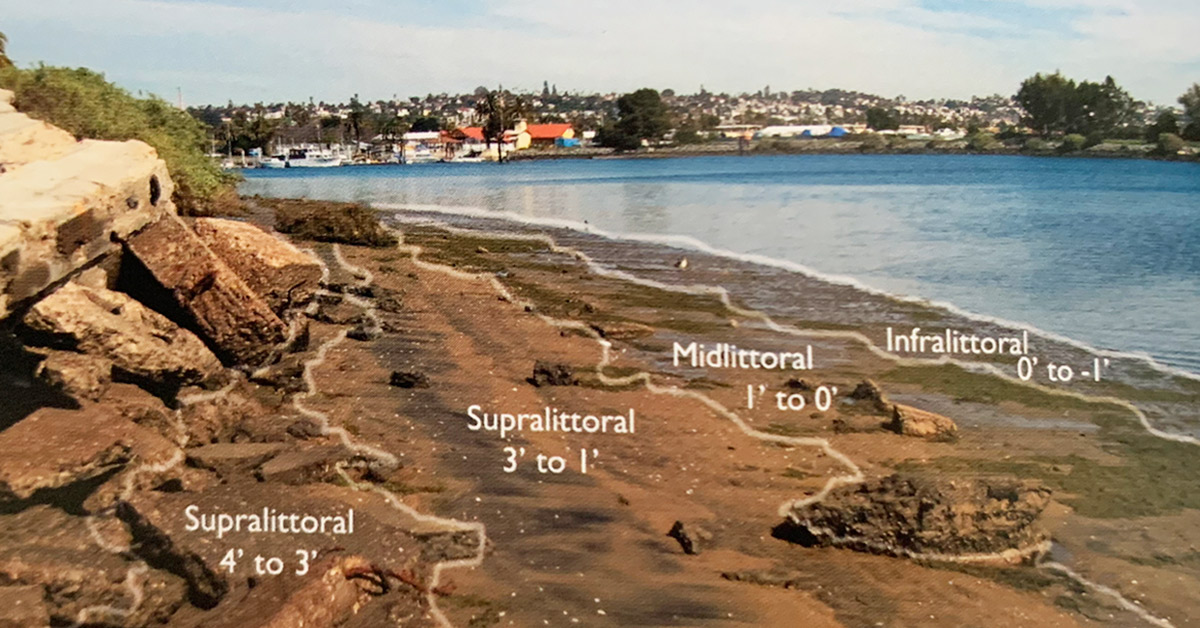
Students wrote pieces of poetry and conducted interviews to be included in different field guides about the San Diego bay.
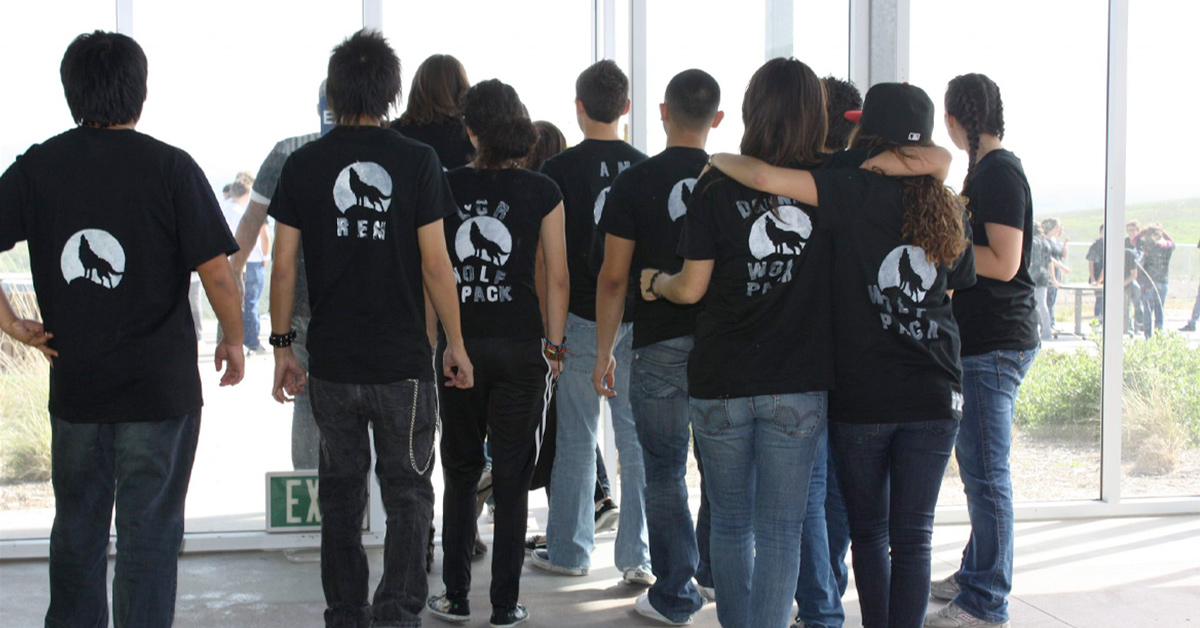
Students read WWII novels, created plays based on them, and researched how chemistry has had an impact on warfare throughout the ages.
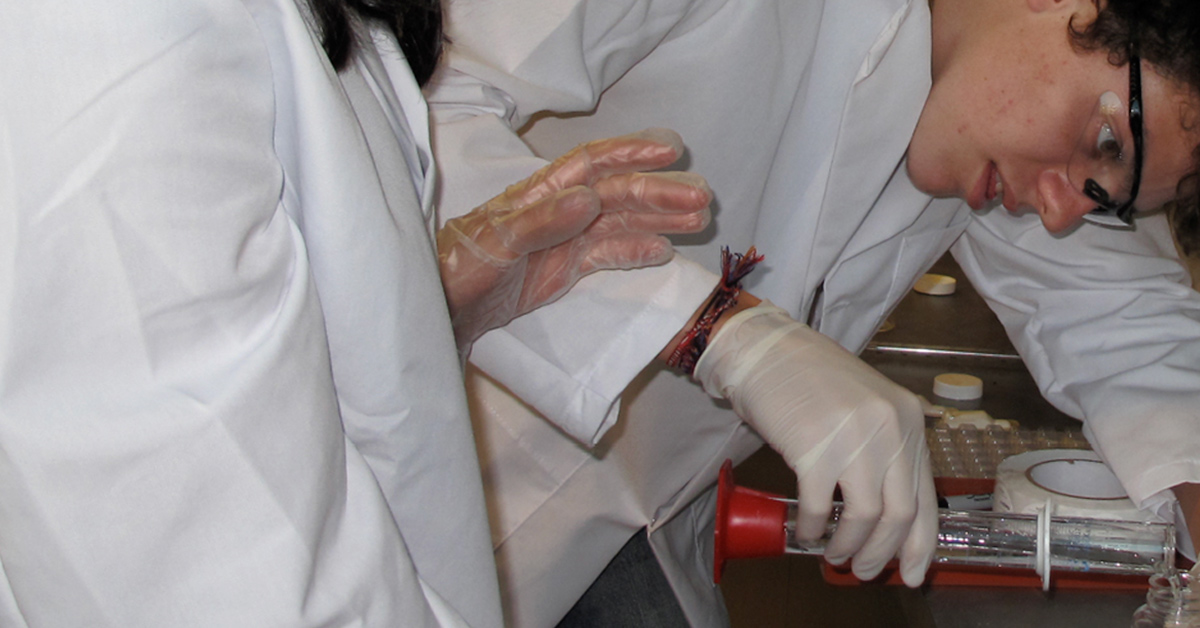
Students decided to test the quality of San Diego’s coastal waters and produce media in multiple formats to inform the public about what they discovered.
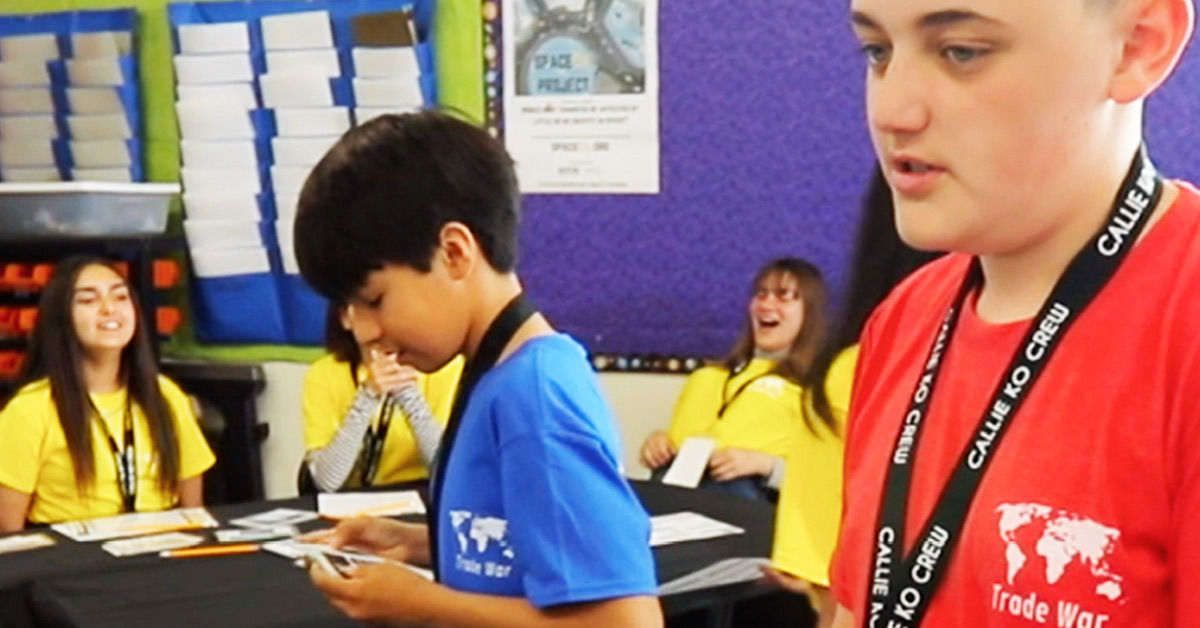
Students played a game called MUN Trade War, where they used math to model economic and military avenues of international engagement.
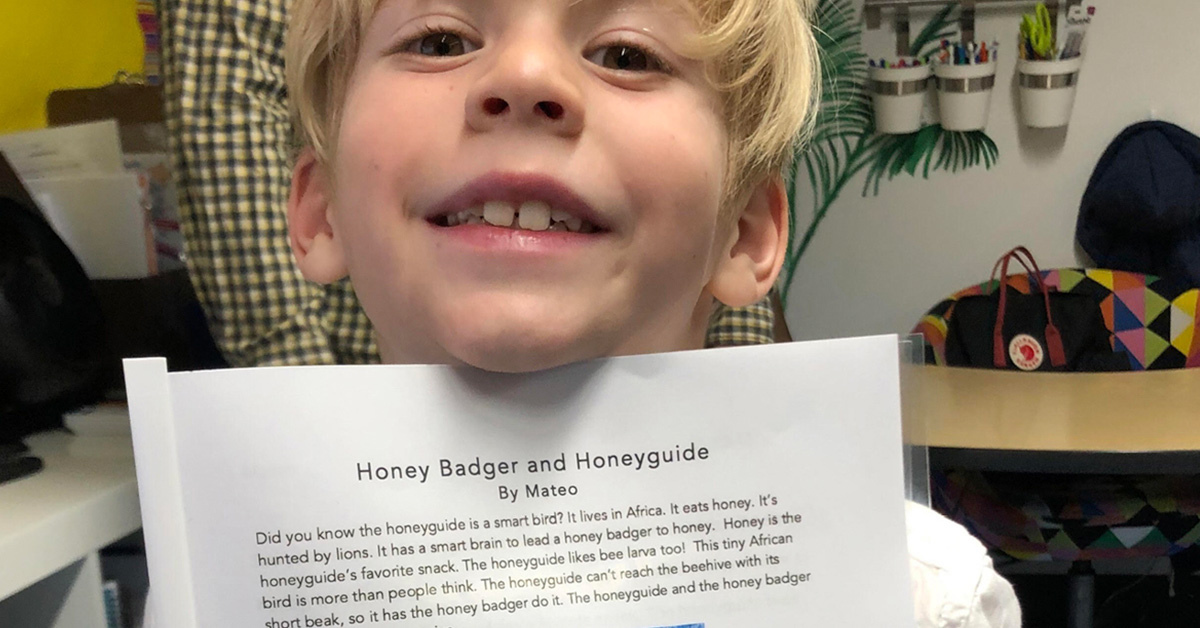
“Do you know what symbiosis is?” reads the first line of the book Evolving Ecologists, …
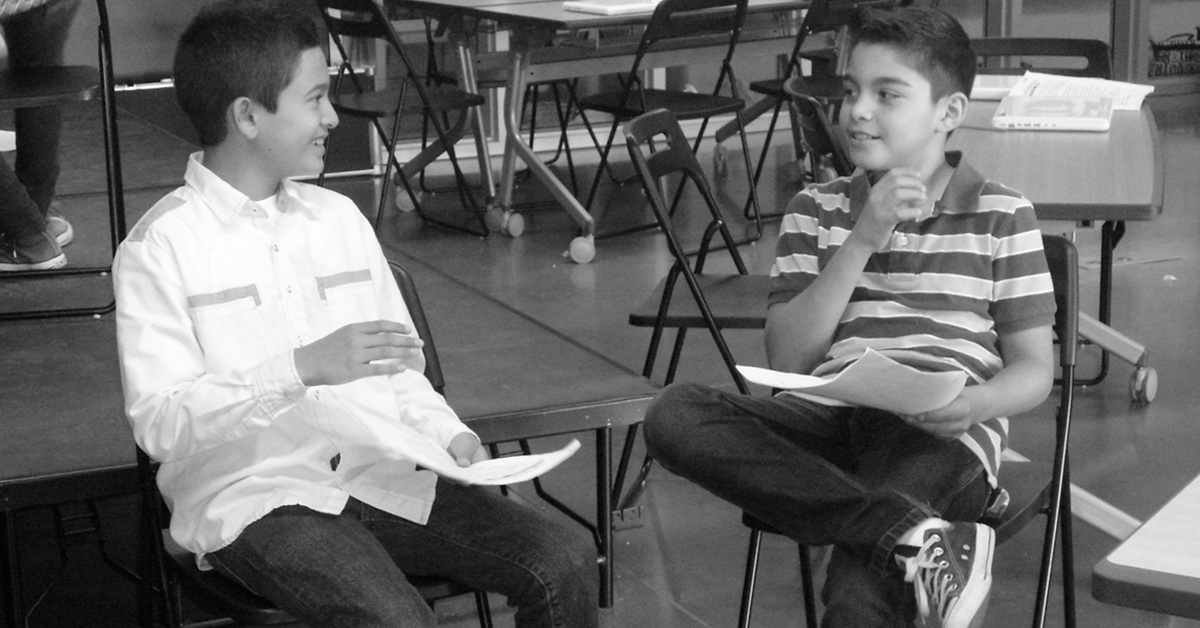
In Newspaper Plays: Year In Review!, students asked “How can I use my voice and body to tell more effective stories?”
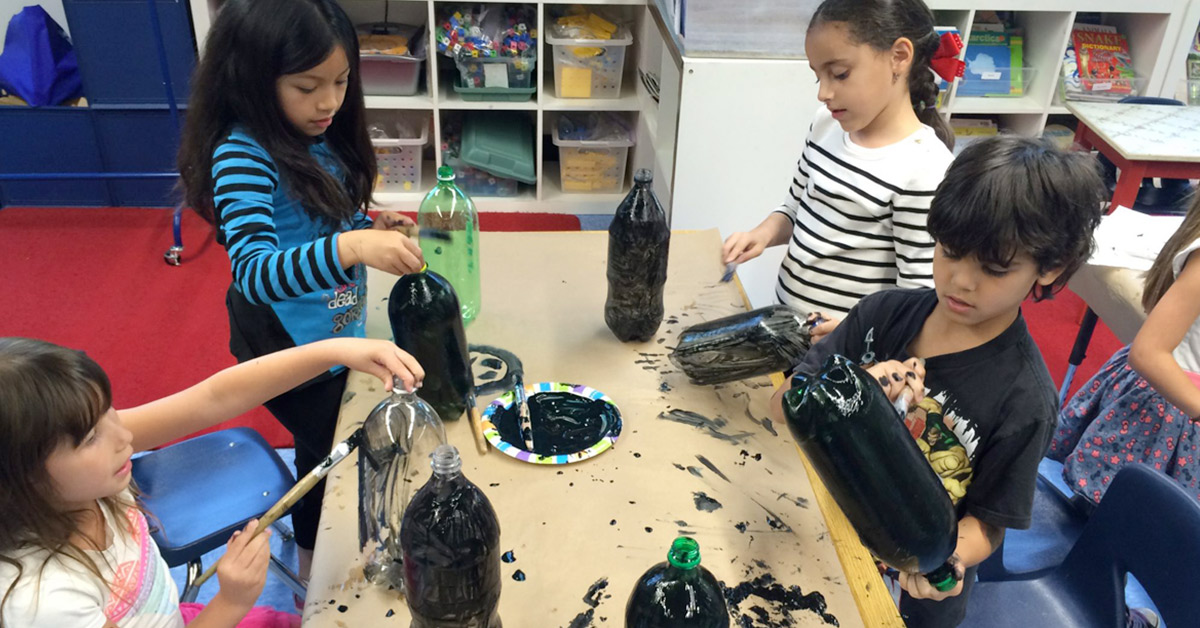
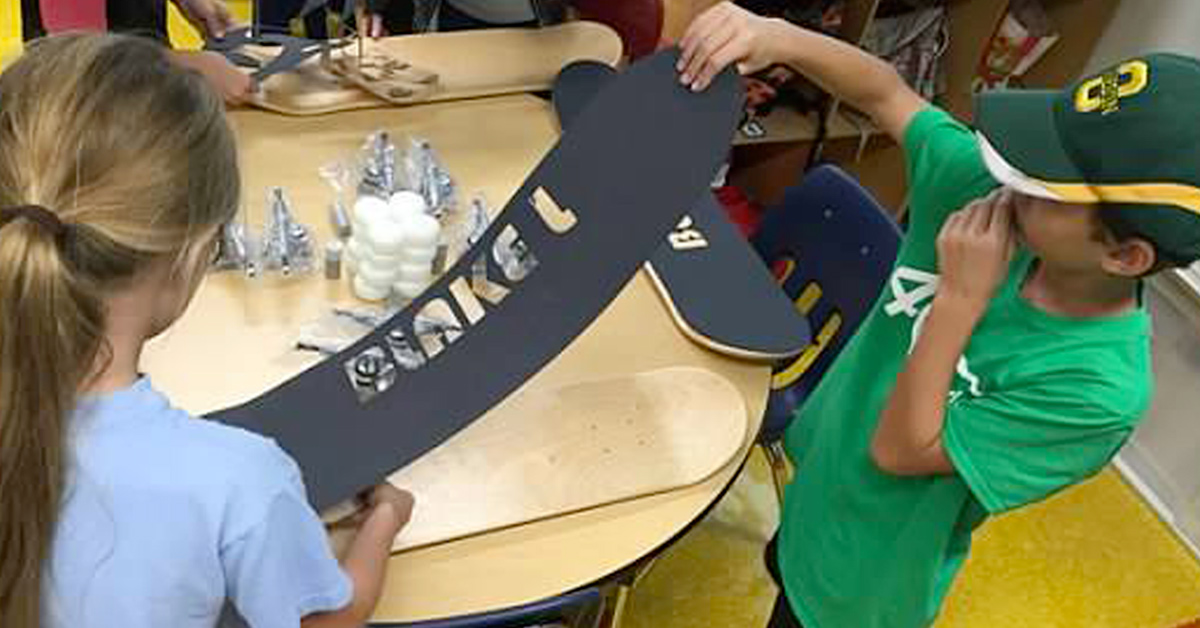
In this project students will be asked to be: Builders/unbuilders, authors, editors, artists, poets, athletes.
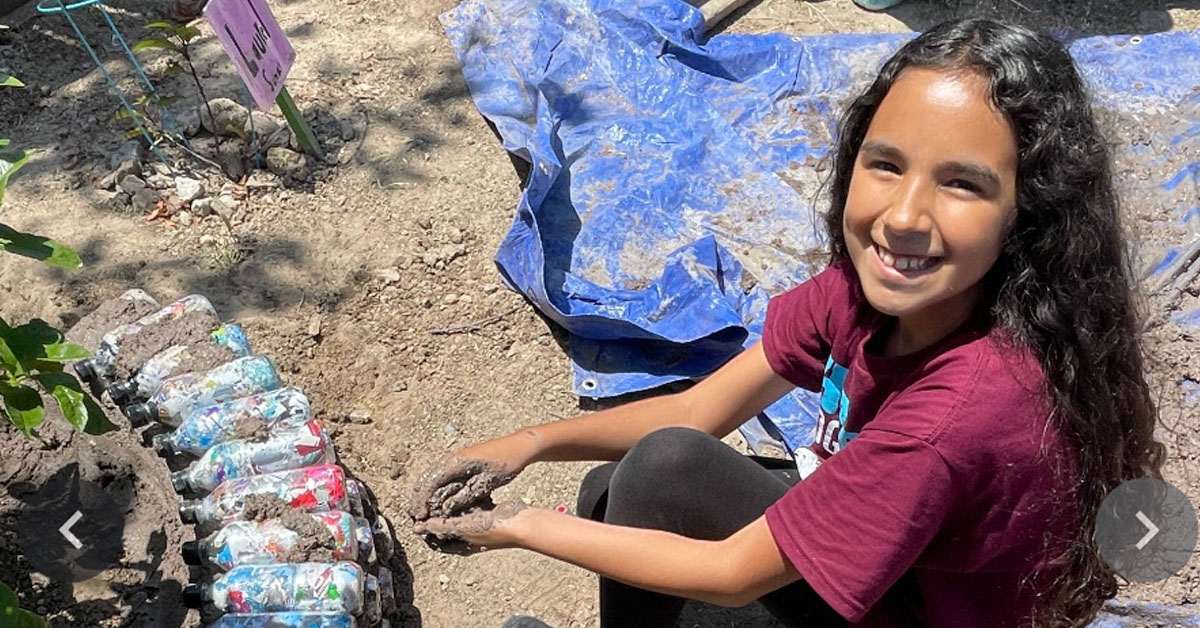
4th graders at HTeCV raised awareness about the pollution problem they noticed on campus and put solutions into action to reduce waste.
Browse Projects
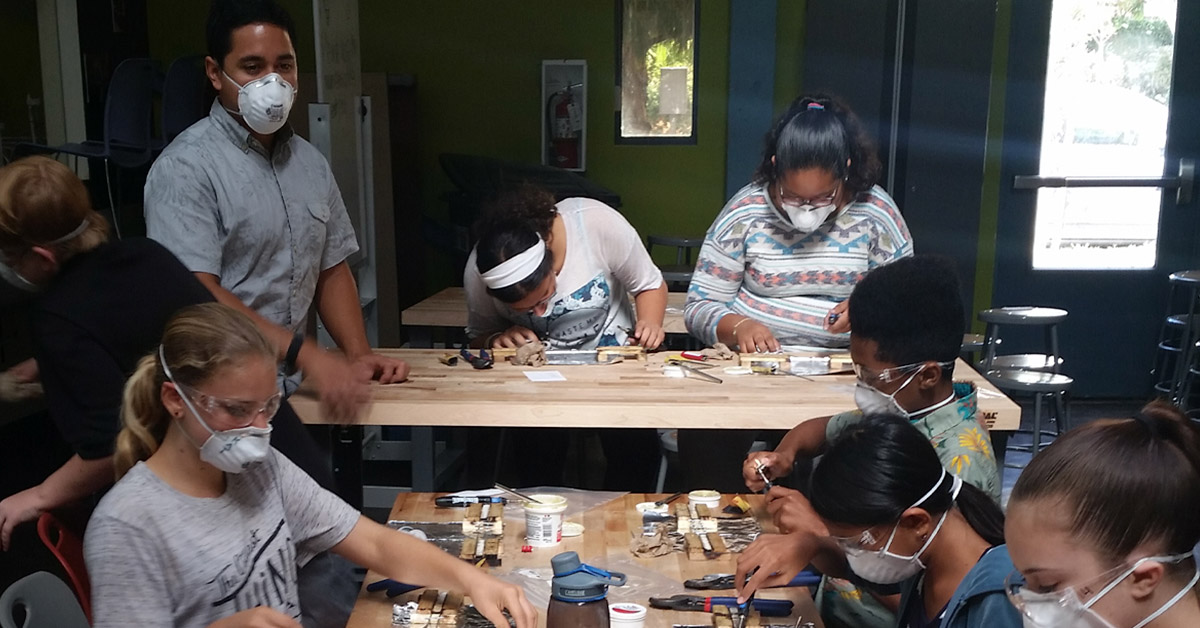
Students melded art, physics, math, and elements of design and engineering to build a rolling ball structure called Kinetic Coasters.
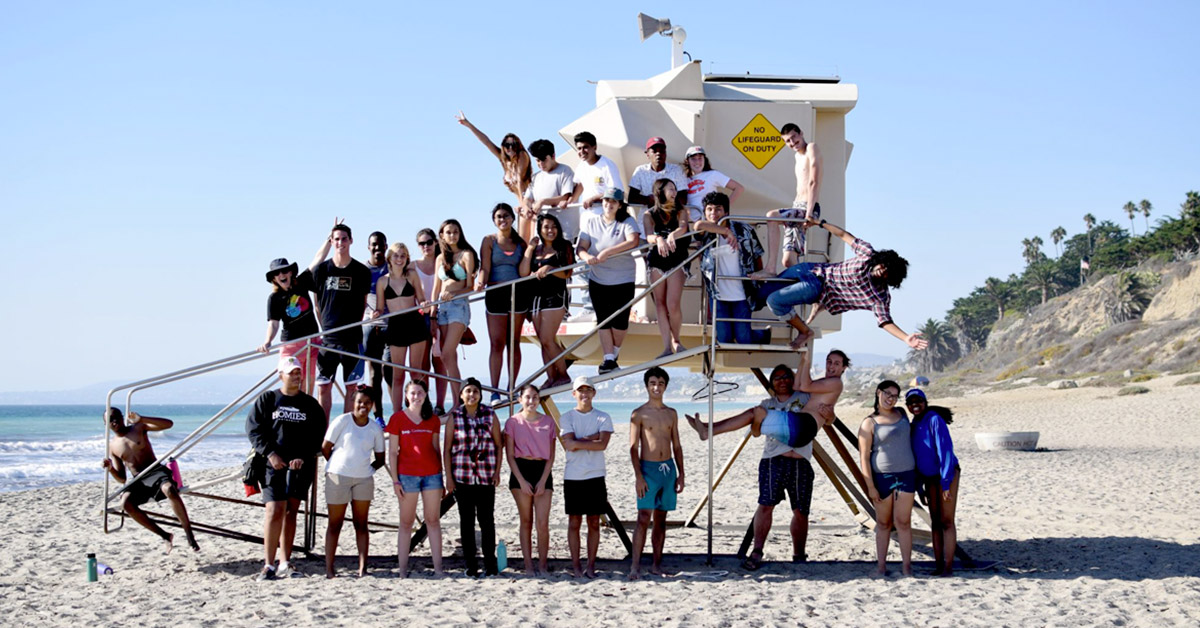
What is impacting the environment in San Diego and why is it occurring?
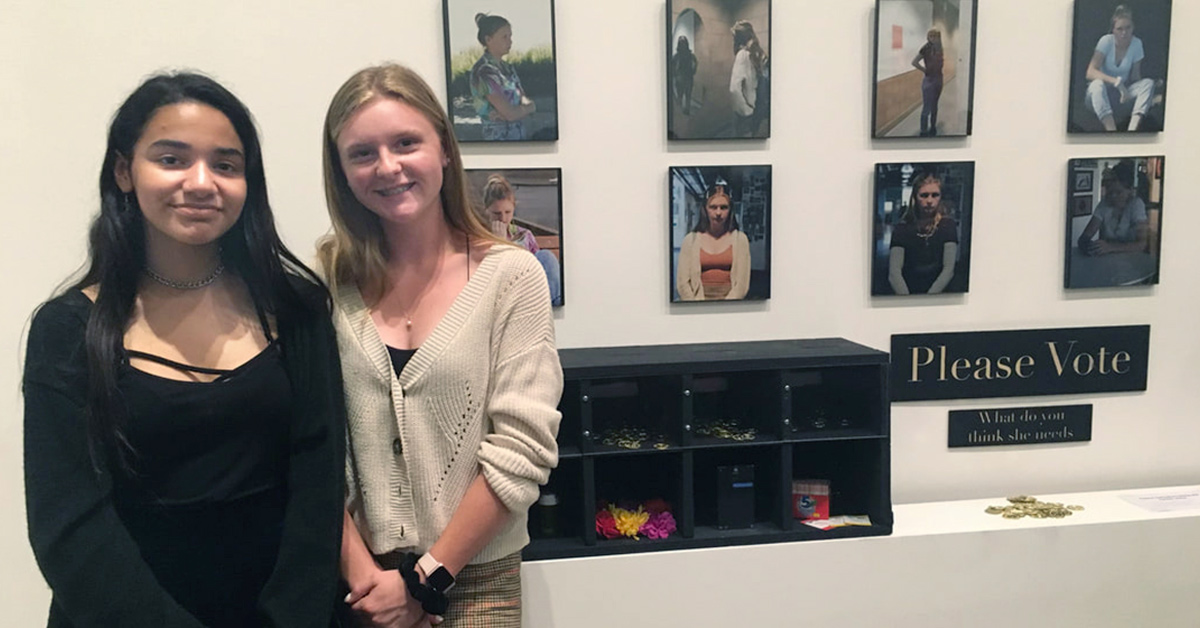
How does our perspective change our perception of reality?

How can students design an engaging and interactive activity for the Natural History Museum that children will find both fun and educational?

Students read WWII novels, created plays based on them, and researched how chemistry has had an impact on warfare throughout the ages.
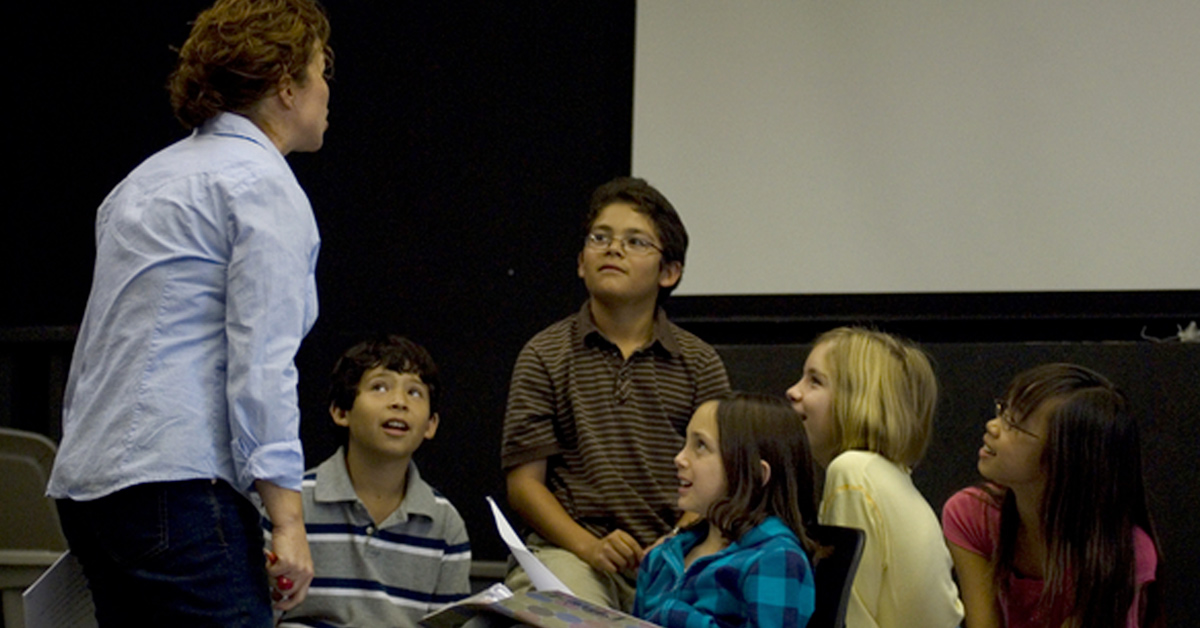
Students will study the process of developing plot and enhance their understanding of story structure and elements by writing plays in cooperative groups.
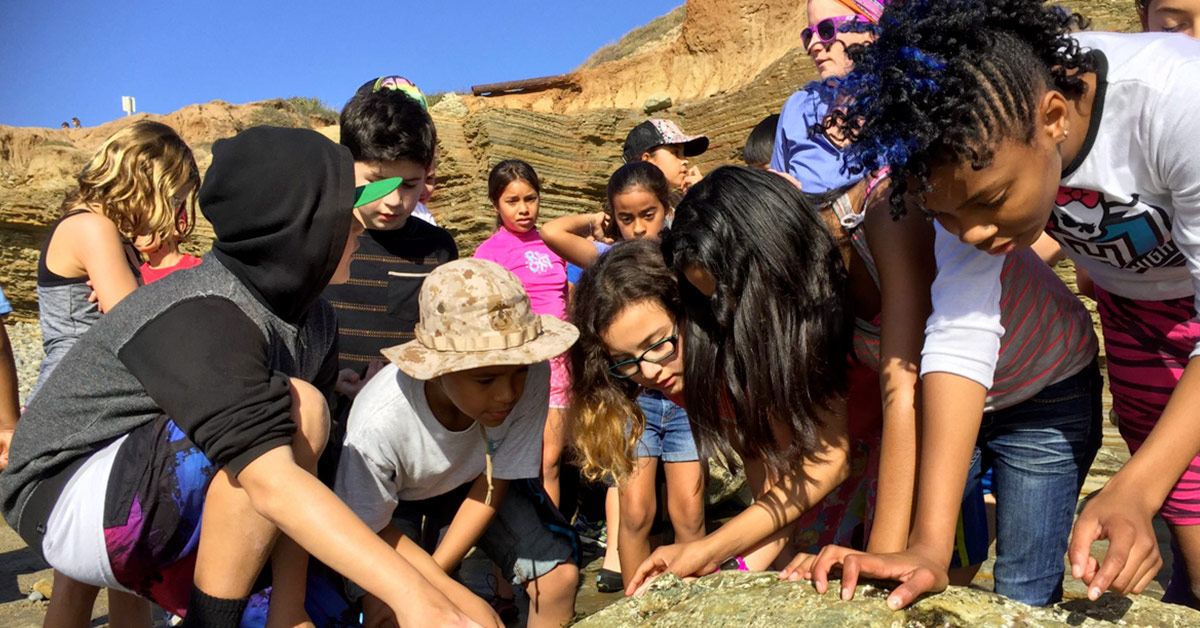
In Life By The Tide: Our Coastal Ecosystems, our students will conduct research about this ecosystem and the organisms that inhabit this region.

Students played a game called MUN Trade War, where they used math to model economic and military avenues of international engagement.
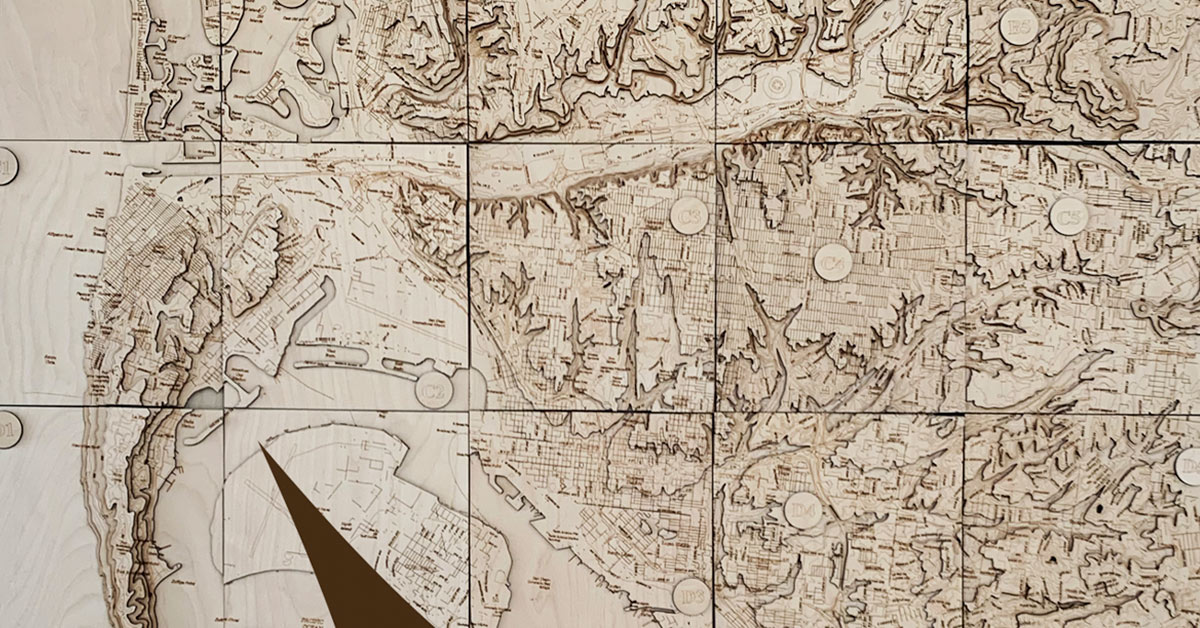
Students went on a three-day, 23-mile journey on foot from the Mexican border to the Cabrillo National Monument, capturing the details of the journey through photography and journaling, later to be synthesized into a book focused on dichotomies that students chose to highlight.